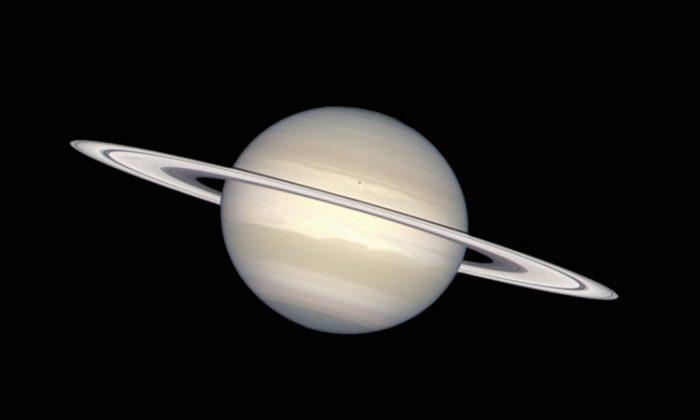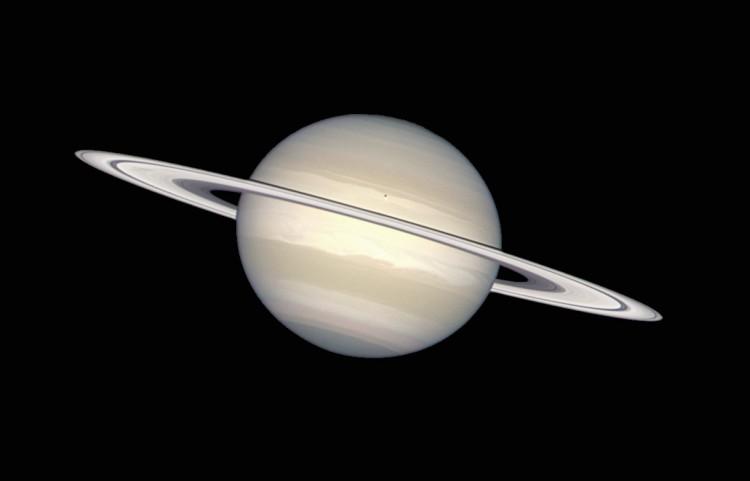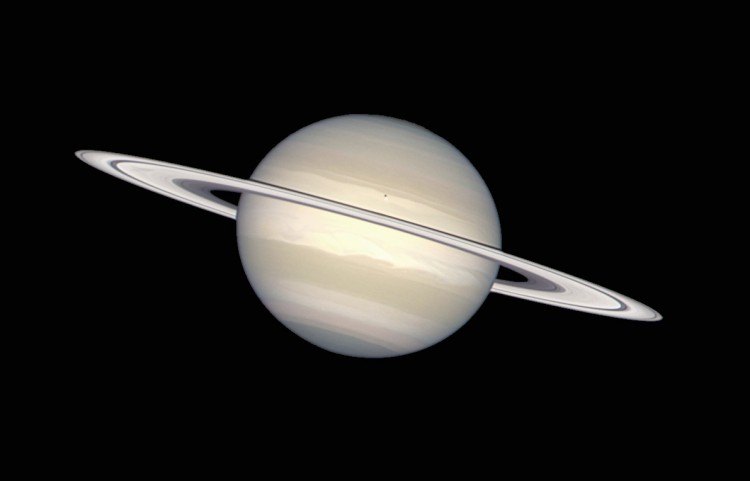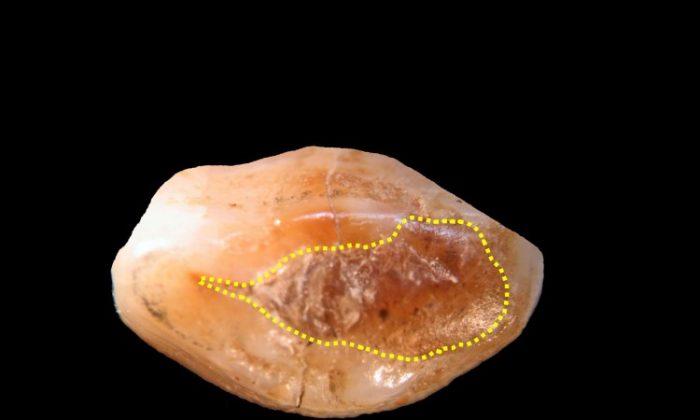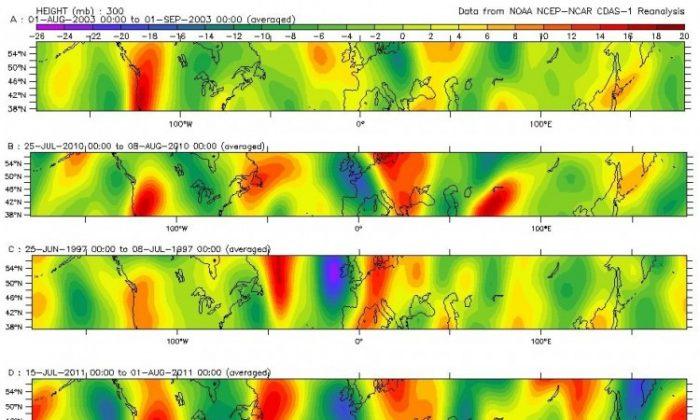Please note that the live feed accompanying this article will only be active for a few hours from 6:30 p.m. PDT / 9:30 p.m. EDT on April 15.
More celestial action is on the cards for sky watchers this weekend with Saturn set to oppose the sun on Sunday, April 15.
Earth will be directly between the sun and the giant ringed planet, making it visible all night. Normally Saturn is only visible in the early morning.
Its rings are now at an optimal angle of more than 13 degrees, which means they will look their best for five years.
To locate Saturn, look east to southeast after dusk or south at midnight. Those with telescopes will be able to see the rings, which are composed of dust and tiny pieces of water ice believed to be only 30 feet (10 meters) thick on average.
Slooh Space Camera is broadcasting a live feed combining observatories in South Africa and the Canary Islands off Africa’s west coast.
A panel of experts are poised to discuss the event, including NASA scientist Amanda Hendrix, who is Cassini Deputy Project Scientist, and astronomy author Bob Berman, who writes for Astronomy Magazine.
“In 40 years of observing the heavens and watching people’s reactions to celestial glories, I’ve found that no object elicits more amazement and sheer wonder than Saturn,” said Berman in a press release.
“I am thrilled to be part of Slooh’s live close-up visit to that magnificent planet.”
NASA’s Cassini spacecraft has been studying the sixth planet from our sun since 2004 with its mission currently extended to 2017.
The gas giant has over 60 known moons, such as Titan, which is the second largest moon in our solar system and is larger than Mercury.
